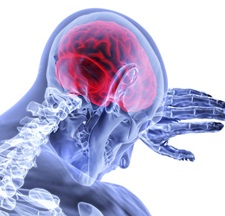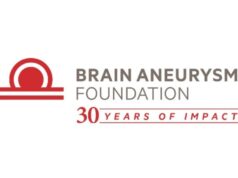 At this year’s Society of NeuroInterventional Surgery (SNIS) annual meeting (14–18 July, Nashville, USA), researchers presented findings indicating the extent to which pregnancy can worsen rupture risks for brain arteriovenous malformations (AVMs).
At this year’s Society of NeuroInterventional Surgery (SNIS) annual meeting (14–18 July, Nashville, USA), researchers presented findings indicating the extent to which pregnancy can worsen rupture risks for brain arteriovenous malformations (AVMs).
During pregnancy, hormonal shifts and the increased demand on the heart to pump a higher volume of blood can place added strain on both the body and the brain—and it was against this backdrop that researchers from the University of Mississippi Medical Center (Jackson, USA) recently investigated whether these physical changes can aggravate health issues for pregnant women with three brain conditions that are prone to rupturing and may cause serious brain injury: AVMs, aneurysms and cavernous malformations.
In the study—titled ‘Rupture risk of intracranial vascular malformations during pregnancy: a systematic review and meta-analysis’—the research team reviewed 5,609 journal articles from multiple academic databases that discussed pregnant women with these conditions, ultimately choosing 15 to analyse statistically.
The researchers then used data from the articles to group patients based on whether or not they experienced a rupture. They found that, while pregnancy did not seem to make a major difference in rupture rates for women with brain aneurysms and cavernous malformations, pregnant women with AVMs were much more likely to experience ruptures than non-pregnant women with the same condition.
“These findings show that we still have much to learn about how pregnancy affects the brain,” said Evan Bowen (University of Mississippi Medical Center, Jackson, USA). “We need more research into these effects and their potential causes so that doctors can more precisely target how to treat pregnant women with these and other serious health conditions.”
Prior investigations have produced contradictory results regarding the link between pregnancy and brain AVM rupture risks; several literature reviews, large cohort analyses and single-centre studies have reported significantly increased haemorrhage rates during pregnancy, while many other publications have either demonstrated no such increase or been unable to generate conclusive evidence of the two being linked. Similarly to the meta-analysis presented at SNIS 2025, the majority of these publications ultimately posit that further research is required in order to generate more definitive results.










